Solutions
Horse Construction offers full range of structural strengthening materials with technical supports, documentation supports, products supports, project supports.
The Difference Between Steel Jacketing Reinforcement And Bonded Steel Reinforcement
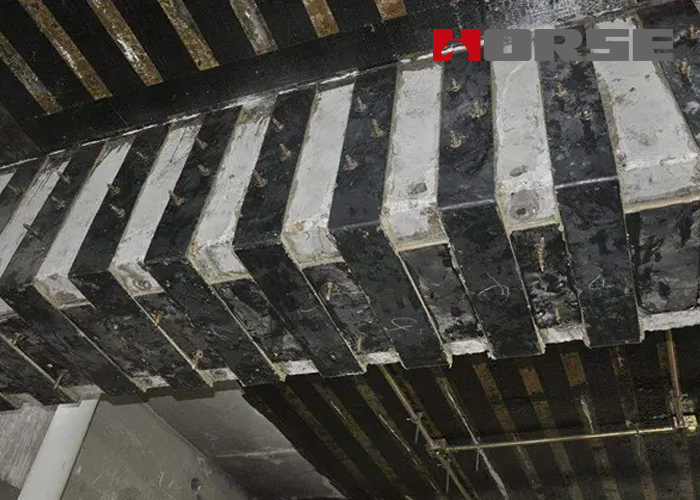
In the reinforcement of concrete structures, the bonded steel refers to the connection method between the steel plate and the concrete, and the jacketing steel refers to the positional relationship between the newly added steel plate and the concrete member. The main difference between steel jacketing and bonded steel is that: steel jacketing has welding and bonded steel does not.
Since the structural glue for sticking steel plates is afraid of high temperature, as long as there is welding work, the steel plates must be installed first, and then the edges are sealed and the glue is poured after the installation is completed.
The steel plate reinforcement method is to use building structural glue, and directly paste the steel plate, section steel, etc. on the surface of the structural member to be reinforced according to the design requirements of reinforcement and reinforcement. Make the pasted steel plate work together with the original structure to achieve the purpose of strengthening and enhancing the strength and rigidity of the original structure, which can effectively improve the bearing capacity of the structure, enhance the shear resistance, vibration resistance and stability, and improve the stress state.
1. Bonded steel reinforcement technology is suitable for general bending and tension members subjected to static force.
2. The weight of the reinforced component increases or decreases, which basically does not affect the use clearance of the structure, does not change the shape of the component, and the joints are uniformly stressed without stress concentration.
3. The construction of paste steel plate reinforcement is fast, and there is no wet work on site or only a small amount of wet work such as plastering, which has little impact on production and life. And after reinforcement, it has no significant effect on the appearance of the original structure and the original clearance, but the reinforcement effect depends to a large extent on the adhesive technology and operation level.
4. It is suitable for the reinforcement of bending or tension members subjected to static force and in a normal humidity environment.
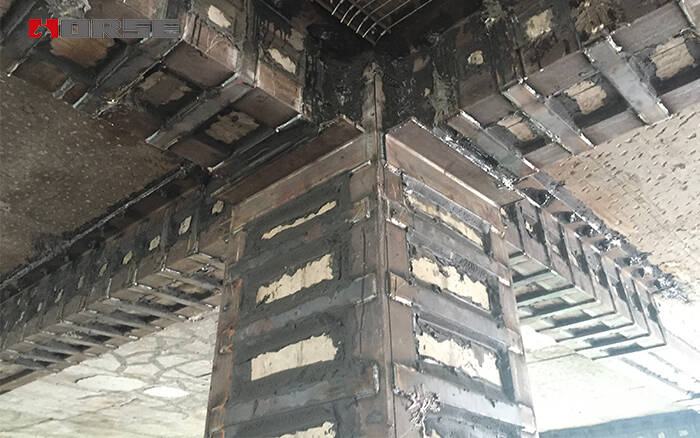
The jacketing steel reinforcement is also called the bonded outer steel reinforcement method. When it is pasted with latex cement or epoxy resin chemical grouting, it is called wet jacketing steel reinforcement.
1. This method is suitable for general bending and tension members subjected to static force.
2. This method is limited to the applicable conditions that the ambient temperature does not exceed 60 ℃, the relative humidity does not exceed 70% and there is no chemical corrosion, otherwise effective protective measures should be taken.
3. The adhesive used in this method refers to the structural adhesive with sufficient test basis and performance that meets the requirements of use, and has been identified by the relevant state departments.
4. When the concrete strength of the component is lower than C15, this method should not be used for reinforcement.
Summarize:
1. The steel bonding method refers to bonding steel plates, which are generally used to reinforce beams.
2. Jacketing steel refers to stick angle steel, which is generally used to reinforce columns. Generally, it is enough to cover the four corners of the pillar.
3. Bonded steel mainly relies on the bonding force between the steel plate and the components to strengthen the bearing capacity of the original components. While jacketing steel uses mechanical methods (welding or bolting) to add steel plates around the concrete components, which is equivalent to increasing the section height of the components. The principle of the two is the same.
You can find anything here you are in need of, have a trust trying on these products, you will find the big difference after that.
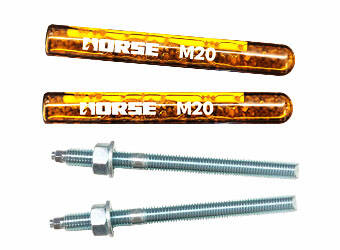
High-strength anchor bolt with vinyl resin as main materials, composed of selected quartz sands, curing agents and glass tubes
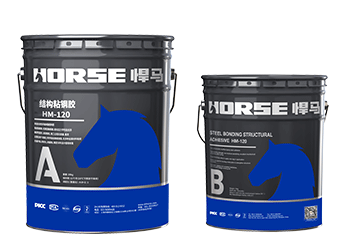
Two-component epoxy modified epoxy structural strengthening adhesive for bonded steel plate to concrete
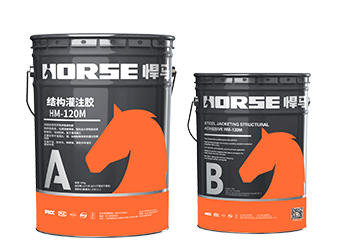
Modified epoxy resin structural perfusion adhesive, specifically for supporting adhesive bonded steel reinforcement